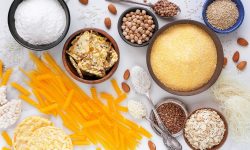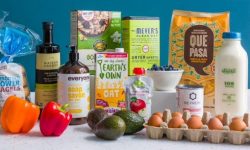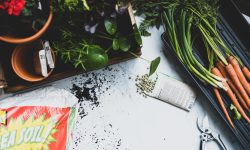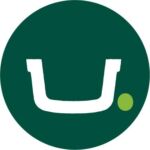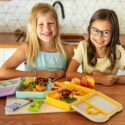First of all, we just need to say “Wow!”. We were simply blown away by the support we felt from you – our customers and community – when we announced our reusable produce bag pilot test. If you haven’t heard, we’re taking a radical reusable approach to produce packaging. Currently, we deliver certain produce items in biodegradable plastic bags, but we’d really like to eliminate that plastic and switch over to reusable bags. Read more about our initial pilot test here. We’re on a mission against single-use plastic bags and aren’t going to stop until this wasteful practice is stopped.
Reusable Produce Bag Test Learnings
This program touches many people, not just you as the end customer. It impacts our produce packers who pack the bags, warehouse workers who place the bags in your bins, drivers who collect and sort your bin-returned recyclables, and our customer care team who field comments and questions. Here’s the feedback we had from all those stakeholders:
- Bag opening design
- Our produce packers noticed a major flaw in our bag opening design – we made the bags as small as possible to save cost and material. But, this resulted in a small bag opening, making it very difficult for them to quickly weight and pack bags. We’ll be making these openings oversized in our next round to make sure the bags are super easy to pack and unpack.
- Bag stitching
- Some of our bags returned to us with tears down the seam, since we only got them double stitched. We’ll have to triple down in those high wear areas for our next round of prototypes.
- Produce strings
- In the wash + dry cycle, the simple overhand knots connecting the two ends of our drawstrings got tangled up in some cases, adding a fair amount of labour untangling them before they could be used again. We’ll be exploring ways to fuse the strings together to minimize tangles, and if that isn’t feasible, ways to untangle them quickly.
- Bag storage & wash timing
- A few of the bags were stained by food folks left inside them. Because we stored the used bags in an airtight container, particles were not able to dry out and we had to remove some bags from our test. (Note: although these are removed, we are keeping them as they will be useful for our end-of-life upcycling schemes…)
The Numbers: Return and Burn Rates
Okay, let’s get geeky with it and look at the numbers.
- In early December we sent 344 bags, full of green beans, into the wild (aka your homes).
- We got 47% of the bags returned in bins to Spud Vancouver HQ.
- We carefully washed, then inspected these bags, and had to remove some bags from the test due to excessive staining, missing drawstrings, and ripped stitching. 83% of the bags returned to us were in usable condition, giving us a 39% return rate overall. Not bad!
- Our target going into this was a minimum 25% return rate, so we exceeded this goal pretty significantly.
The Plan
We are doing our second pilot test of these reusable, washable produce bags in Vancouver this week (Feb 18 – 24) for ginger. We have 134 prototype bags and at the rate we sell ginger we will likely go through them quickly.
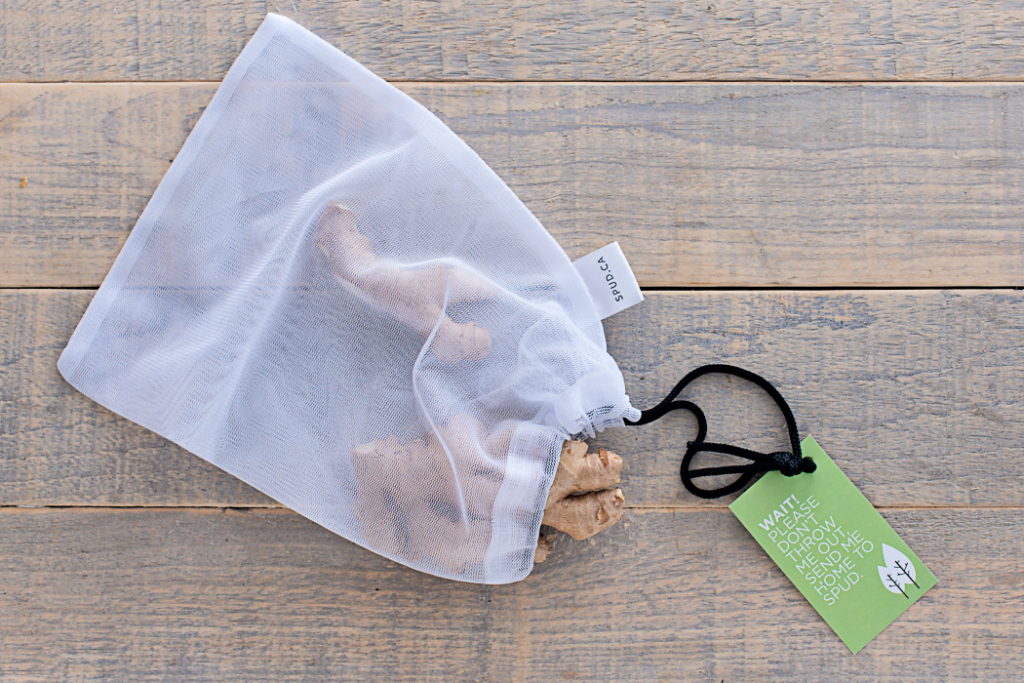
How to improve
We can increase our success (higher return and lower burn rates) with our future prototypes. To improve return rate, we’ll modify the little soft fabric tags on the side of the bags to scream “please return to Spud!” (not literally, don’t worry). We’ll also step up our communication efforts, so people who get ginger this week know they should return the bags if they get them. Please help us by sharing this on social media with your friends who are Spud customers to build that word of mouth momentum.
To reduce our burn rate (bags we remove due to damage) in the short term, we’ll be exploring new washing solution options from our partners at Eco-Lab. We will also change up the way we store the bags to avoid any high humidity, low airflow situations. In the long term, we’ll be working with our bag manufacturer to get triple stitched bags with wider openings.
How can you help?
We really want to make this a reality, but we can’t do it with Spud customers’ support and help. Here’s what you can do to help us make sure the test is successful:
- Return your bag – we know the bags are useful around the house, but as you can see above we really rely on the return metrics to determine the success or failure of the test. If we don’t get them back, our data won’t show that reusable are truly the more sustainable option.
- Fill out our survey – we want to help the environment, but we also want to make sure the quality of our produce remains excellent.
- Contact us – Let us know love the idea, or hate it, or have any suggestions for how to make our bags even better. Even if you aren’t one of the 134 people who get to test the bag! Shoot me an email at markt@spud.ca or Matt, our lead sustainability campaigner, at mattl@spud.ca and let us know what you think.
We’re energized by all the support we have gotten so far, and can’t wait to see how this second test works out. We hope you are too!

